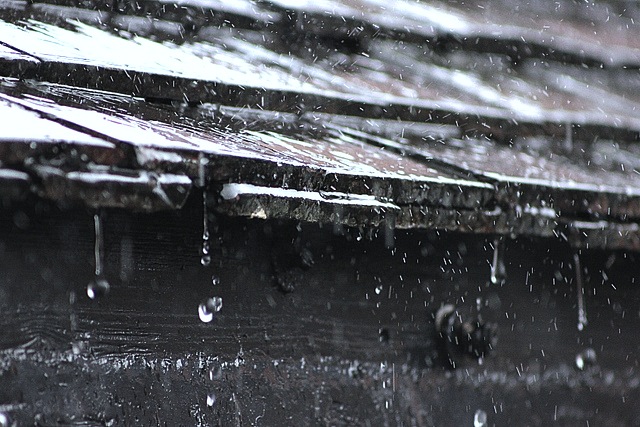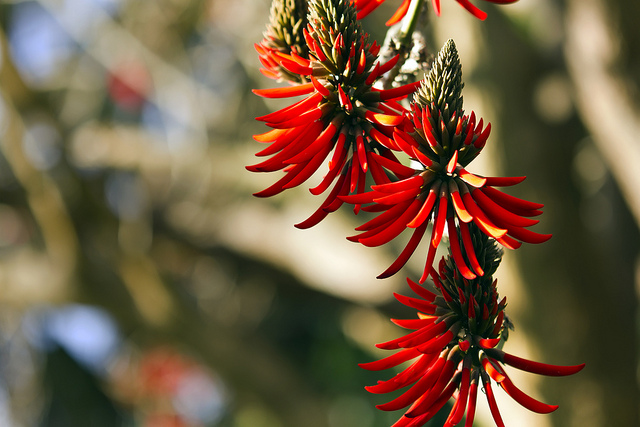
I don’t believe in writer’s block. With kids, dogs, work, and Facebook to keep up with, I don’t have time to get stuck. I’ve got to find a way to write when my busy schedule allows.
But what if my brain turns cloudy during my allotted thirty minutes before the bus drops its noisy cargo home from school? How do I write a poem then?
In How to Write a Poem, I offer strategies for getting writing: now. All it takes is a few minutes, a piece of paper or computer screen, and an idea.
According to Peter Elbow, author of the classic Writing Without Teachers, freewriting opens the power of your voice, while “premature editing. . .makes writing dead. Your voice is damped out by all the interruptions, changes, and hesitations between consciousness and the page.”
In other words, you catch “writer’s block.”
Freewriting allows you to get words down on the page without the perfectionism that might cause you to hesitate and stall. It produces surprising phrases and lines you can later shape, rewrite, and, yes, edit through several dozen drafts. Revising means good craftsmanship—unless you grab that red pen right out of the gate. Because self-censorship at the beginning of the process is a word killer. And a blank page is, well, nothing.
But how do you even begin freewriting? You can find plenty of creative, emotion-provoking, and just plain quirky prompts in How to Write a Poem. You can also call upon your friends.
Wanting to write something different this morning, I messaged my friend Nate for an idea:
“Quick. Give me a writing prompt.”
He replied with the following:
“Describe something seemingly gross or disgusting in a way that ‘redeems’ or ‘beautifies’ the subject.”
So I set my timer for five minutes (I recommend anywhere from five to ten) and went for it. Whatever came to mind, no stopping, cross-outs or backspaces allowed.
I won’t share with you exactly what I ended up with. It’s…um, something that even friends might not want to read (definitely not before lunch or after dinner). I will, however, give you some of the cool highlights I could draw out of it if I wanted to shape it into something… readable.
– This morning Esther the puppy
– Lemon yellow, sun yellow, girls in sundresses yellow
– puppy pearl knives in swaying ropes
– garlands of daisies catching the sun from the window just now accepting the morning.
– The day will bake up something, I know, something this pure gold like the swirling, curly leaves that blow across the front years
– October tomorrow. Where do those leaves come from? my daughter asks.
– We don’t have any trees like that anywhere.
Sure, it’s a mess. But it’s a sensory, colorful. Elbow says, “in your natural way of producing words there is a sound–a texture, a rhythm, a voice–which is the main source of power in your writing.” I know there is a voice seeping, so to speak, from this mass of words. Now I need to spend some time uncovering it.
● What surprises me? Entertains me? Makes me catch my breath?
● What words or images jump out?
● Where is the power source of my voice?
And then, with hope and an open mind:
● Can I find any seeds of poems?
What do you see in these words?
Moreover, what do you have to say today? Do you have five minutes? A pen or a screen? Take a prompt–perhaps even the one I used today–and go.
Photo by Randy McRoberts, Creative Commons, via Flickr.


